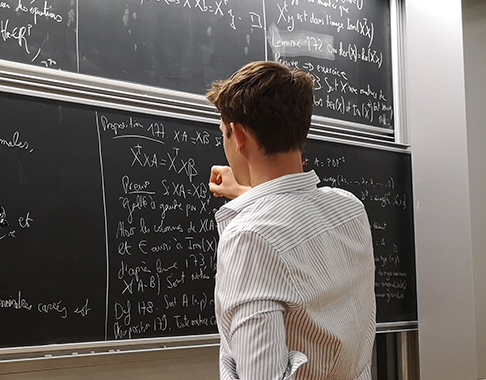Microeconomics introduction
Teacher
LINNEMER Laurent
Department: Economics
ECTS:
3
Course Hours:
24
Tutorials Hours:
22.5
Language:
French
Examination Modality:
écrit+CC
Objective
This course introduces the basic methods and concepts used to formalize economic behavior and the functioning of markets.
By the end of the course, the student will be able to:
Formulate and solve a constrained optimization problem.
Model a consumer’s consumption choice.
Model the behavior of a price-taking firm.
Model the behavior of agents under uncertainty.
Understand how a competitive market works in theory.
Understand the relationship between general equilibrium and the Pareto optimum.
The final grade for this course is based on:
2/3 from the end-of-semester written exam;
1/3 from continuous assessment, itself composed of a midterm grade (50%), an attendance grade (25%), and a participation grade (25%).
Planning
Course Outline
Fundamentals: A Market
Negotiation
B-competition
S-competition
Imperfect competition
Multiple Goods: Exchange
5. Preferences
6. Exchange
7. Pareto optimum
Markets
8. Budget
9. Demand
10. Production
11. Supply
All together: General equilibrium
12. The mechanics
13. First and Second Theorems
Time
14. Intertemporal preferences
Uncertainty
15. Expected utility
16. Risk aversion
References
Picard, P. (1994), Eléments de microéconomie : théorie et applications. Paris : Montchrestien, 587 p. Domat économie. ISBN 2-7076-0611-1. [63 PIC 00 A]
Jullien, B., Picard, P. (1994), Eléments de microéconomie : exercices et corrigés. Paris : Montchrestien. 415 p. Domat économie. ISBN 2-7076-0623-5. [63 PIC 00 B]
Mas-colell, A., Whinston, M.D., Green, J.R. (1995), Microeconomic theory. London ; New York : Oxford university press. ISBN 0-19-510268-1 [63 MAS 00 A]










